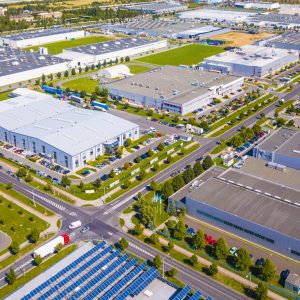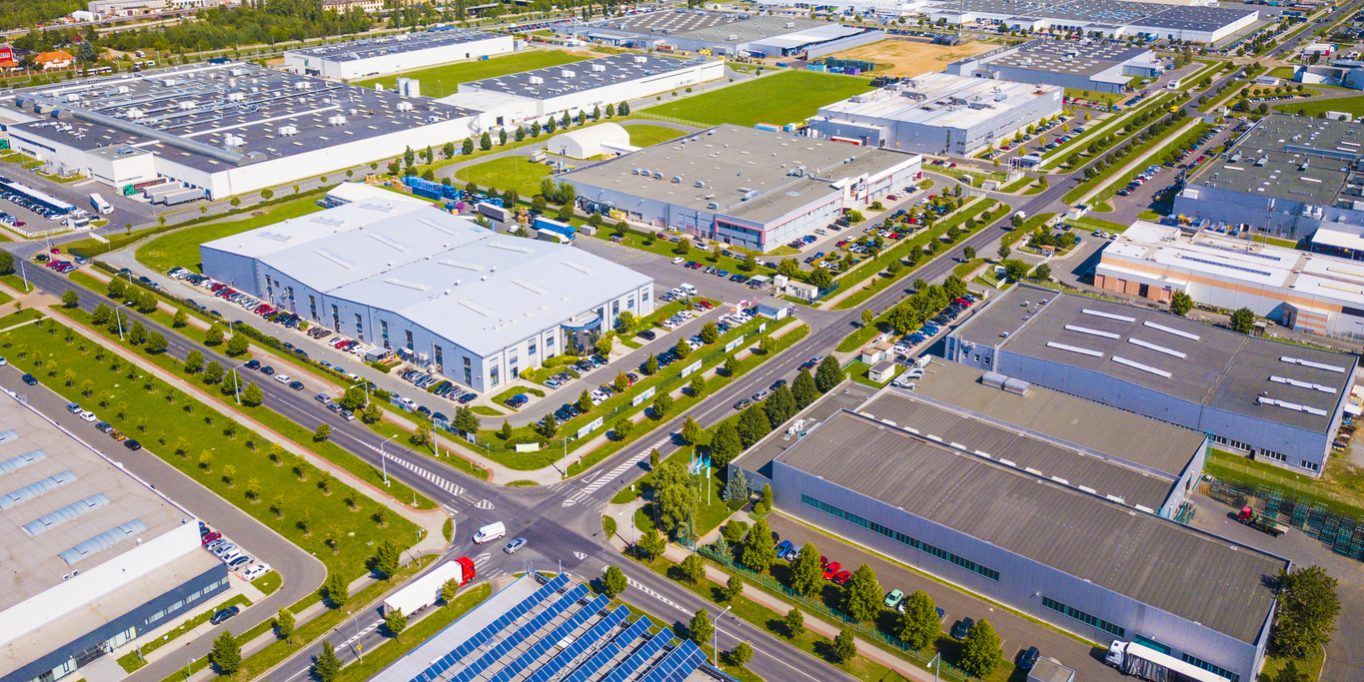
While commercial property insurance rates have been increasing for seven straight years, the pace of rate hikes has slowed a bit this year, according to a new report.
With many factors continuing to pressure rates, businesses should expect continued hikes for their commercial properties, with the biggest increases taking place in areas at higher risk of natural catastrophes, which vary depending on which part of the country they are located in.
The third quarter 2024 “Commercial Property/Casualty Market Index” by the Council of Insurance Agents & Brokers reported a 7.9% year-on-year increase in property insurance pricing, which is a significant drop from the 17.1% average rate increase noted in the same period of 2023.
While rates are still rising, analysts say that the pace of increases may finally be catching up with the higher claims costs and other factors affecting insurers.
If your business insurance policy renewal is coming up, here’s an explainer of what is driving rates this year and what you may be able to do about it.
Rate increase drivers
A convergence of factors has caused this extraordinary rate-hardening cycle in commercial property insurance:
Catastrophe losses — This includes hurricanes, floods, wildfires, tornadoes and winter storms. As climate change intensifies, the U.S. and the world at large have seen a surge in the cost and scope of natural catastrophes.
Adding to what insurers pay after these events, Americans have also been migrating for decades to areas that are now most at risk of disasters. With higher population density comes more claims.
Insurers in the U.S. generally paid out increasingly large amounts for natural disasters in the last decade. In recent years the payouts have totalled:
- 2023: $81.6 billion
- 2022: $116 billion
- 2021: $108 billion
- 2020: $98 billion
Catch-up pricing — Insurers have been trying to catch up after years of underpricing their policies. They had done this by not keeping up with the cost of rebuilding, but also not requiring policyholders to increase their policies’ replacement costs to keep up with those higher costs.
Bright spot: It now looks like insurers have caught up with prior years’ underpricing as rate increases continue rising, but at a slower rate, depending on where you live.
Rising reinsurance rates — Insurers buy their own insurance by contracting with reinsurers, which share the risk. Due to rapidly rising catastrophe claims costs, these reinsurance firms have recorded substantial losses in the last few years due to natural catastrophe hits.
Facing financial pressure, reinsurers have:
- Raised their own rates substantially,
- Started requiring insurers to carry more of the risk,
- Tightened their terms, which also transfers more risk to the insurers, or
- Pulled out of markets altogether.
Bright spot: Reinsurance rates are leveling off for 2025 and the companies are starting to take on more risk once again, which could bring some relief to commercial property carriers.
Higher construction costs — The cost or construction and rebuilding has skyrocketed since 2019, due to higher material, energy and labor costs. However, that inflation has cooled as well.
Bright spot: According to CBRE, a real estate firm, in 2023 construction costs rose 4.9% year on year, compared to 14.1% between 2021 and 2022 and 11.1% between 2020 and 2021.
What you can do
Depending on where you live, insurance may be relatively easy to secure or it could be near impossible, forcing you to go to a state-run carrier of last resort.
Insurers have gotten picky about which properties they will insure, but as a property owner you can take steps to improve your insurability or reduce your rates, such as:
- Making sure you have a detailed property maintenance plan in place.
- Replacing or repairing the roof, electrical system and plumbing as necessary, particularly if it’s outdated or decades old.
- Having a disaster recovery and business continuity plan to ensure continued operations in case of an event.
- Installing sprinkler systems and leak-detection sensors that can alert you if there’s a water leak in the building.
- Thinking about increasing property deductibles.
- Giving us a call.


